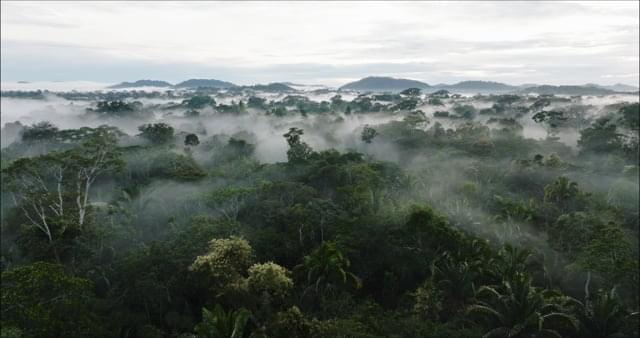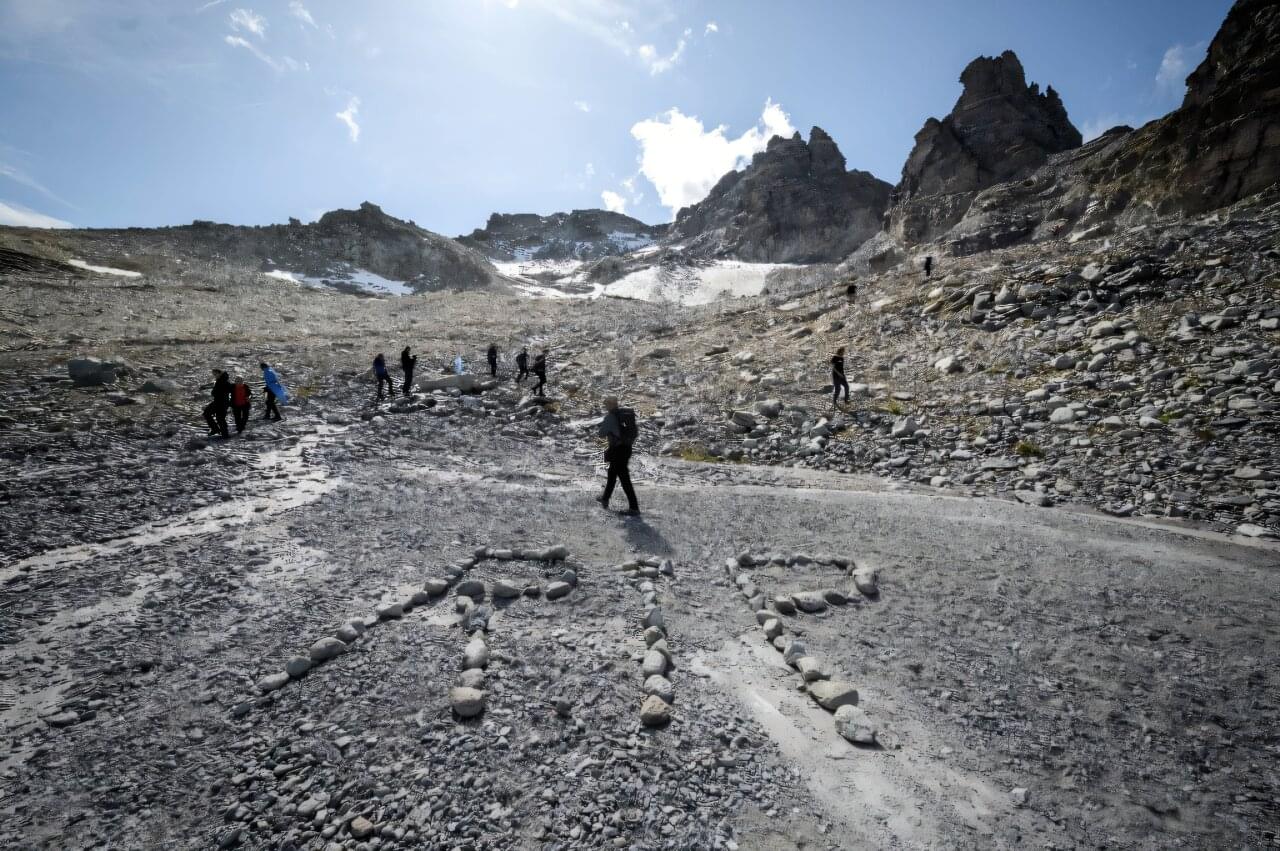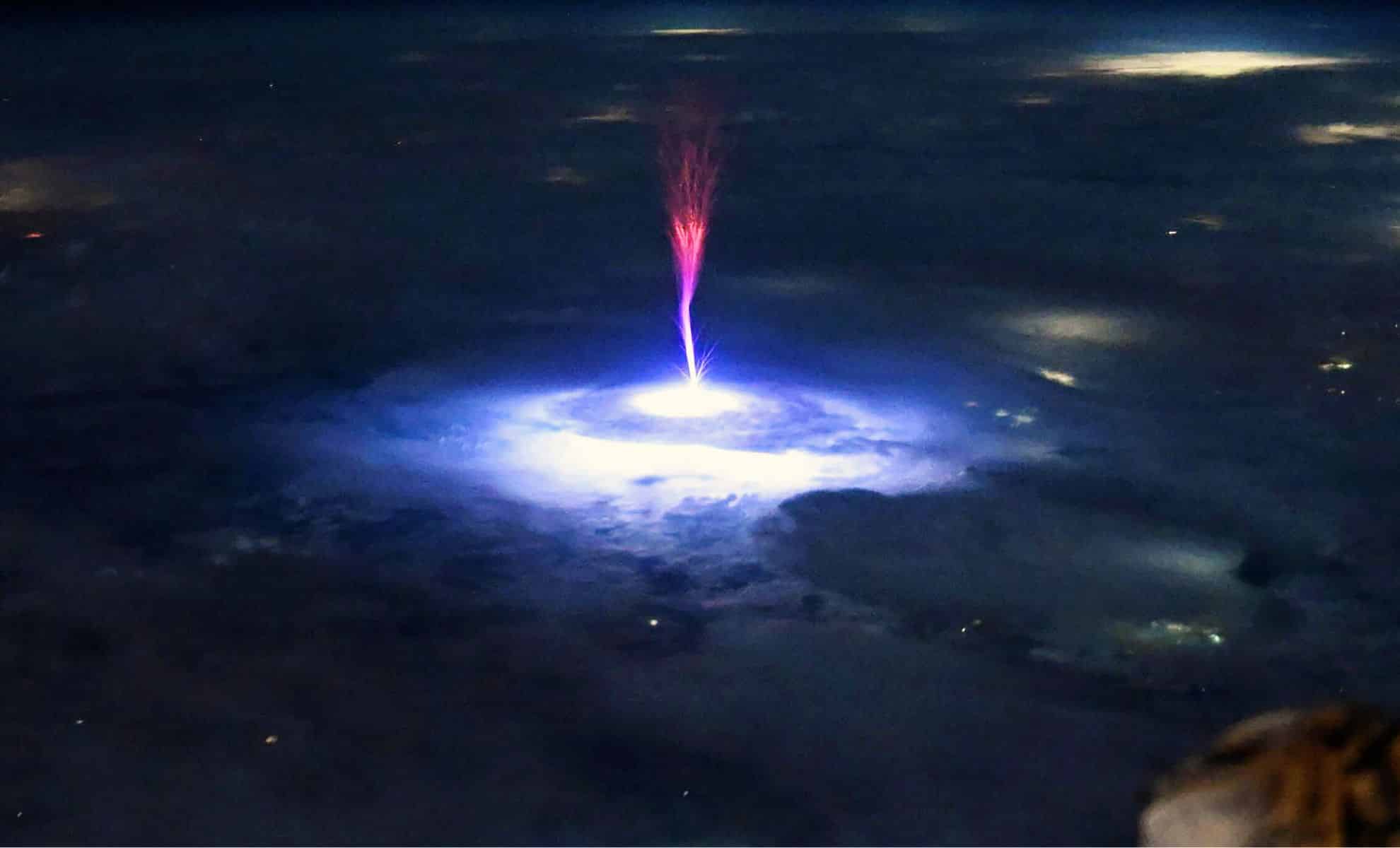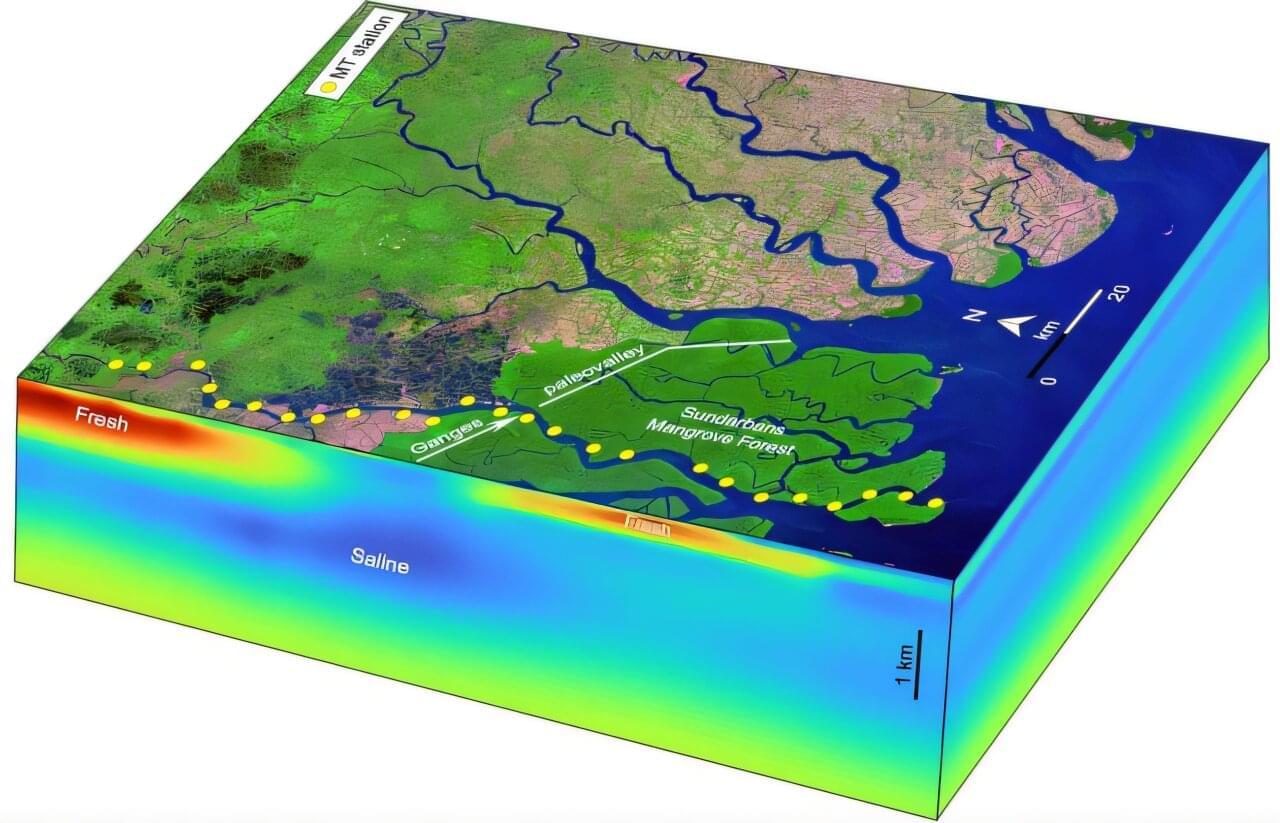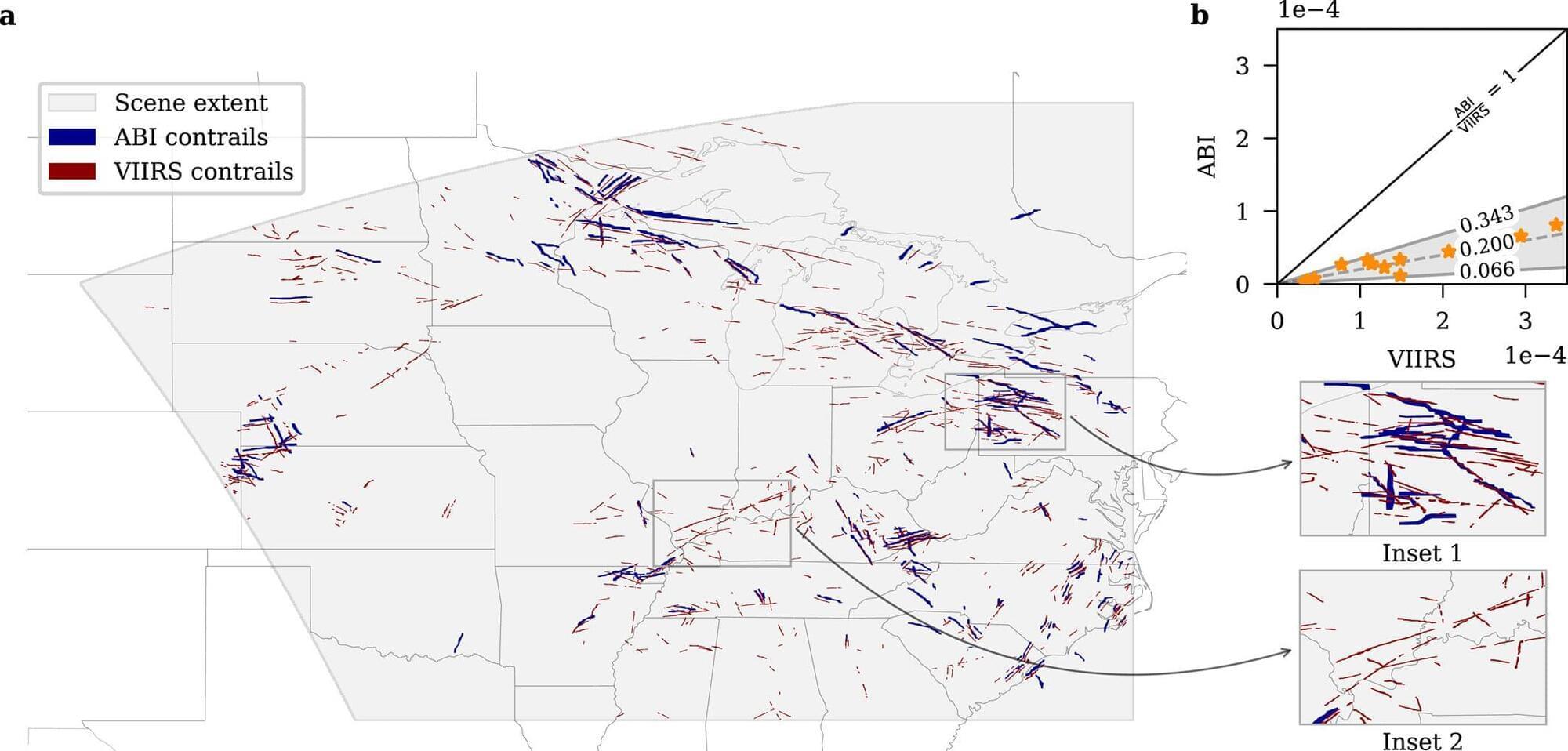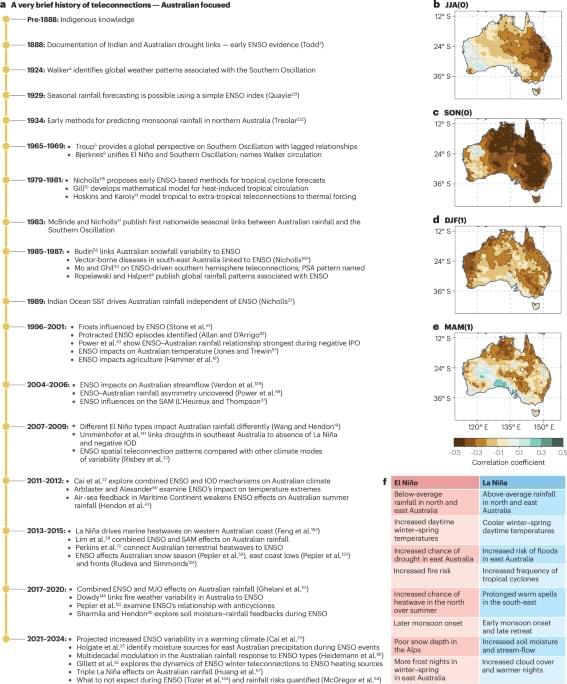“milliards” means “billions” btw.
Here is Emergent Garden’s thoughts on emergent complexity. I go through a tour of simple systems that produce unexpected complexity, and try to break down emergence into more general and useful ideas. We talk about snowflakes and ant colonies, cellular automata and universe simulations, and the many weird ideas of Stephen Wolfram. I also offer some advice for creating and encouraging emergent behavior. This video is important to me. Emergence is the most interesting thing in the universe.
~SUPPORT ME~
Scrimba: https://scrimba.com/?via=EmergentGarden.
Patreon: https://www.patreon.com/emergentgarden.
Ko-fi: https://ko-fi.com/emergentgarden.
Twitter: https://twitter.com/max_romana.
Bluesky: https://bsky.app/profile/emergentgarden.bsky.social.
~SOURCES~
Particle Life: https://sandbox-science.com/particle-life.
Universe Sandbox: https://universesandbox.com/
Lego Galaxy: https://www.youtube.com/watch?v=djLyoDmSPF0
Big Bang: https://svs.gsfc.nasa.gov/12656/
Emergence Animation: https://www.pexels.com/video/an-artist-s-illustration-of-art…-25744130/
Ants Solving Maze: https://www.reddit.com/r/Damnthatsinteresting/comments/1hlyv…_maneuver/
Neuron Footage: https://www.youtube.com/watch?v=2TIK9oXc5Wo.
Snowflake Footage: https://www.youtube.com/watch?v=q-PQk2-Po-g.
The Life Engine: https://thelifeengine.net.
Water Molecule Sim: https://twitter.com/EdgarGonzalezGT/status/1877078173910753452
Langton’s Ant Simulator: https://evolvecode.io/turmites/index.html.
Conway’s Game of Life: https://playgameoflife.com/
Recursive Game of Life: https://oimo.io/works/life/
A New Kind of Science: https://www.wolframscience.com/nks/
Stephen Wolfram Podcasts: https://www.youtube.com/watch?v=PdE-waSx-d8&list=PLdwvZsAHiS…9ChTYxtZsD
Complexity, A Guided Tour: https://www.amazon.com/Complexity-Guided-Tour-Melanie-Mitche…atfound-20
Wolfram Hypergraph Simulator: https://met4citizen.github.io/Hypergraph/
Atom Orbital Simulation: https://www.falstad.com/qmatom/
Lego Bonsai Alternate Build: https://www.youtube.com/watch?v=YnuCOrCJojw.
Lego Blocks Made of Legos:
Tornado: https://www.youtube.com/watch?v=LGcGFU_Hi9U
Carl Sagan’s Cosmos: https://archive.org/details/cosmos_1980/COSMOS_01.mp4.
Terry Davis Quote: https://www.youtube.com/watch?v=k0qmkQGqpM8
My Music Guy: https://youtube.com/@acolyte-compositions?si=2P97LlROhNgQYOa
“Deliberate Thought“
Kevin MacLeod (incompetech.com)
Licensed under Creative Commons: By Attribution 3.0
http://creativecommons.org/licenses/by/3.0/
~TIMESTAMPS~

